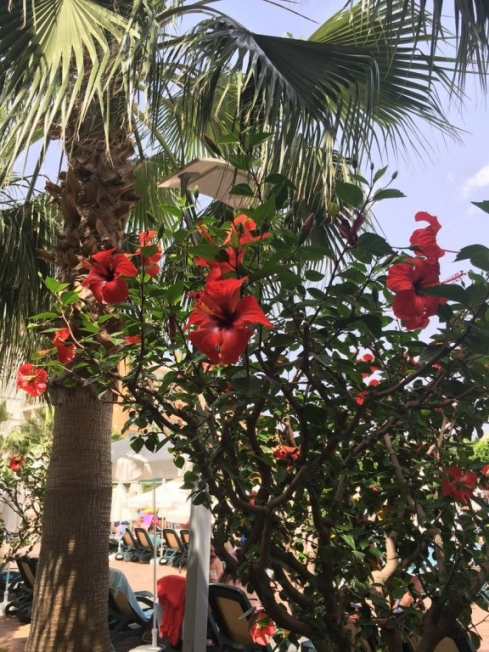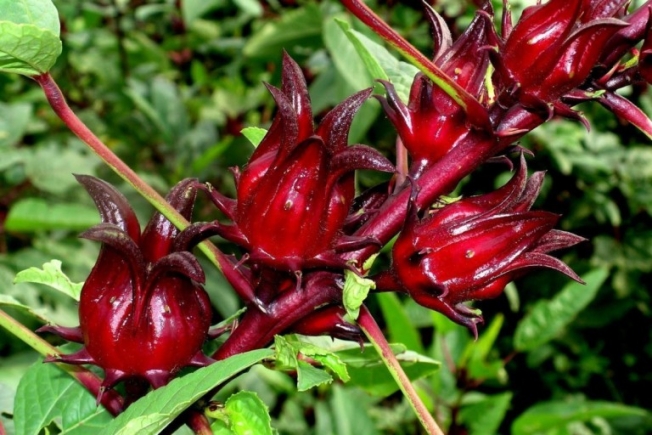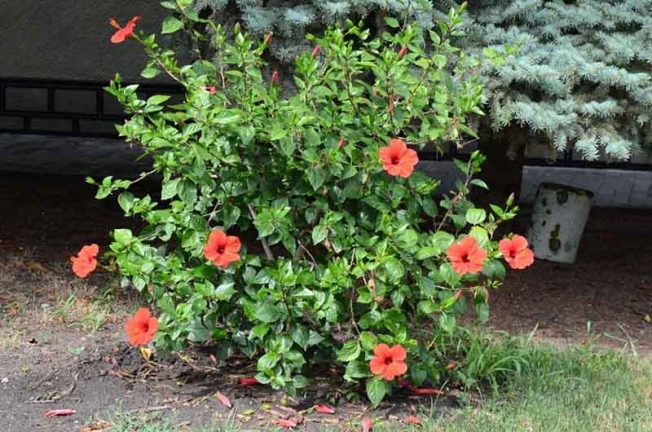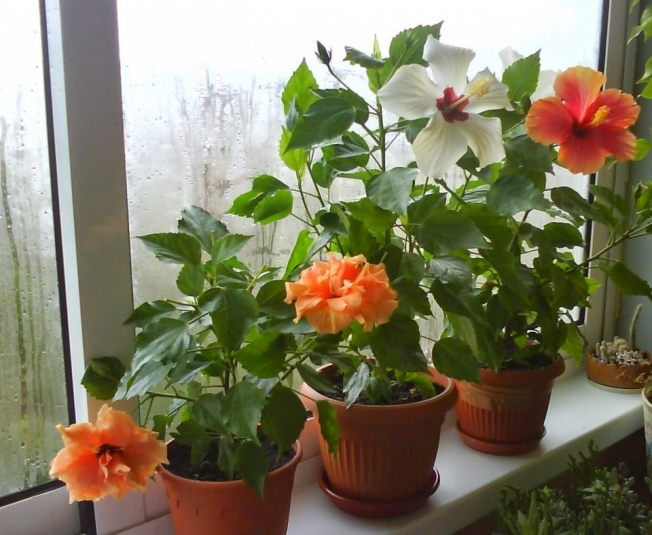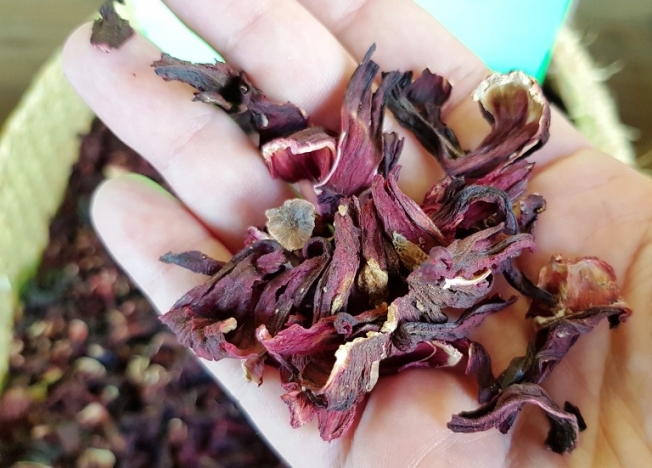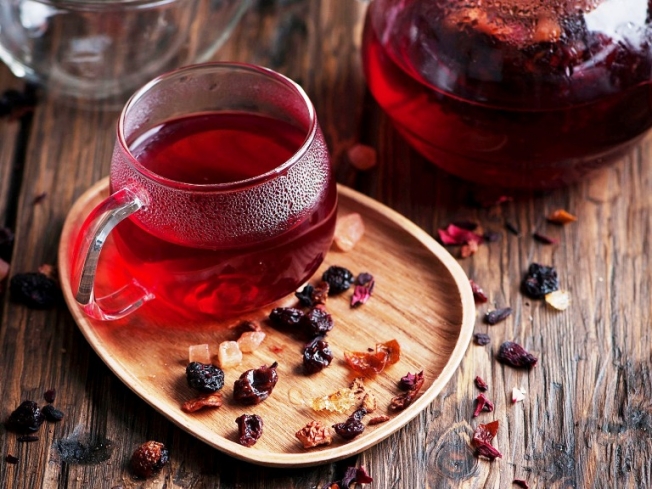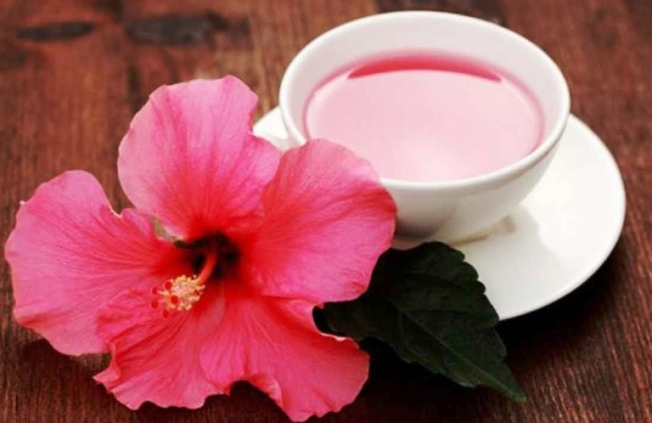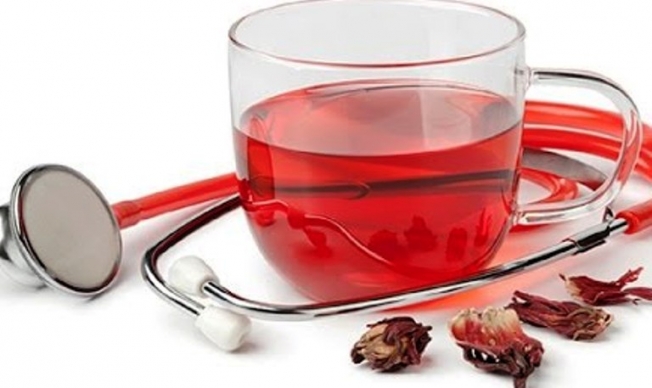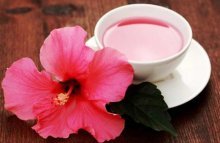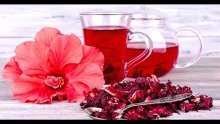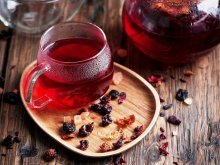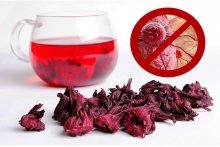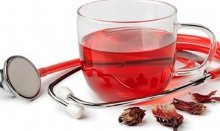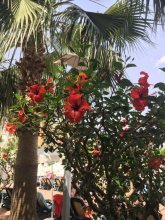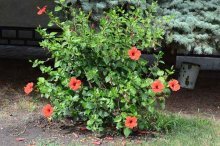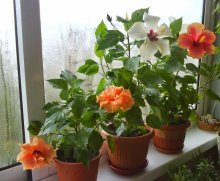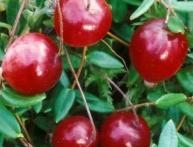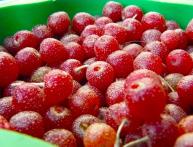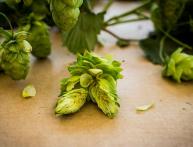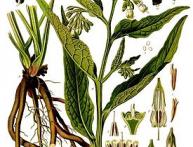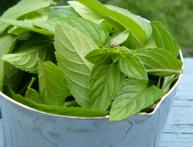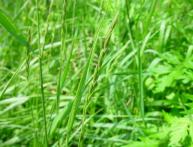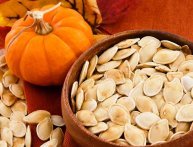Hibiscus flower, description and photo, how to grow it outdoors and indoors, benefits of hibiscus tea
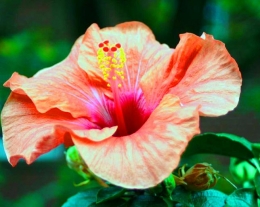
The hibiscus flower is especially popular in the culinary field and is used to make tea.
Many people like to enjoy a tasty drink, but not everyone knows that this plant can be grown independently, both at home and in the open ground.
Hibiscus flower, what is it, description of the plant
Hibiscus is also popularly called hibiscus or Sudanese rose. The flower belongs to the Malvaceae family and to the group of herbaceous perennial crops.
The homeland of hibiscus is India, but today this flower can be found in Europe, including the Russian Federation and Ukraine, Mexico and Egypt.
Characteristics and external data:
- In natural conditions, the plant looks like a spreading shrub; its height is approximately three and a half meters.
- The root system is strong and powerful.
- The color of the stems of young plants is green-red, while more mature ones become green-gray. Lignified shoots are covered with bark on top.
- The foliage is oval-shaped, rough to the touch. Young leaves have a pointed tip.
- The inflorescences are small, with a diameter of six to seven centimeters. They grow solitarily and have a short peduncle. The buds are bright red, sometimes purple, crimson, cream and pink are found. The perianths are deep red in color, with a fleshy and dense structure.
After the buds wither, calyxes appear on the flower. At this moment, they are maximally saturated with juice, and therefore they increase significantly in mass. It is during this period that the collection takes place.
Dried cups are used in cooking to prepare a tonic drink. The taste of tea depends on the area where it is grown.
For example, hibiscus grown in Egypt, It has a cherry flavor with a pleasant sourness, but Mexicans have a salty taste, and the drink itself has a bright orange color.
In addition to cooking, the plant is actively used in medicine.
Petals, seeds and leaves have healing properties. But the roots and stem are used for industrial purposes for dyeing fabric.
Growing Sudanese roses in open ground
Sudanese rose is perfect for growing in a flower bed. The cuttings are planted in late May or early June. The temperature outside at night should not be less than plus fifteen degrees
.
Cuttings should be prepared in advance, when scheduled pruning is carried out, it is carried out in mid-July and until the end of August. Pruning is done with pruning shears or a sharp garden knife; be sure to leave up to five internodes, from which leaves will then begin to grow.
Place the cuttings in a root formation stimulator for 60 minutes. If there is no such stimulant, then use aloe juice. A six-centimeter piece is cut from any lower leaf and the cutting is inserted into it for an hour and a half.
The finished cuttings are planted in a disposable cup, into which soil mixed with vermiculite and perlite is first poured. Lightly water and cover with polyethylene.
After thirty days, roots will become visible through the walls of the glass.Now the seedlings are ready to be transplanted into the soil.
With proper care, a bush will quickly grow in the flowerbed, producing many bright buds. The plant is not afraid of the sun, does not require regular watering, but needs periodic feeding. Hibiscus will delight the eye until the first cool weather sets in. In winter, the flower is transplanted into a pot and brought into the house.
Let's watch a video with useful tips on how to grow hibiscus flower:
Growing at home
If it is not possible to grow a plant outside, cultivation is carried out indoors.
The main thing is to take into account several nuances.
Choose an appropriate pot - the pot is chosen taking into account the length of the root. Narrow and cramped containers hinder the development of the root system, and flowerpots that are too deep and wide can lead to root rot.
It is also worth considering the material from which the pot is made. Ceramic pots are suitable for hibiscus; plastic ones are not recommended.
Soil preparation is carried out as follows:
- Sod and leaf soil, river sand and rotted humus are taken in equal proportions.
- Then the soil mixture is calcined in an oven for forty minutes. High temperature rids the soil of harmful microorganisms.
A drainage layer is required. The thickness of the layer is no more than four centimeters. You can buy it (the composition includes expanded clay and river sand), or you can use small crushed stone, it is washed and calcined in the oven.
For the first few years, the transplant procedure is carried out every year, and then once every three years.
Plants older than ten years cannot be replanted; it is enough to change the surface layer, about five centimeters.
It is necessary to pinch the top of a young plant, this will promote the formation of a bush.
The plant will need feeding. Special substances intended for this crop are used as fertilizers; they can be purchased at any specialized garden store.
Temperature for growing - from twenty-three to twenty-five degrees. When direct sunlight hits the flower on hot days, you can shade the Sudanese rose, but then be sure to open it, since the lack of light will lead to the cessation of flowering.
What is hibiscus tea made from, does it affect blood pressure?
To prepare drinks, use the perianth or dried calyx of the flower.
Tea is prepared using different methods, but they all have one caveat: it is important to use porcelain or glassware. Dishes made from other materials cannot be used, as this will negatively affect the beneficial properties and taste of the drink.
Various preparation methods are known.
Dry raw materials can be poured with boiling water and left to infuse for 10 minutes. You can leave it longer, then the tea will become more aromatic.
Put three large spoons of hibiscus into one and a half liters of water, place the container on low heat, boil and cook for 3 minutes. You can add sugar during use.
The main thing is not to overheat the drink, because it will acquire an unpleasant taste and turn blue.
Pour three tablespoons into one and a half liters of cold water and leave to infuse overnight. Add honey. You can keep it for a couple of hours, then the taste will not be so rich.
When drinking the drink, it is worth considering that cold hibiscus tea lowers blood pressure, while hot tea increases it.If your blood pressure is low, doctors recommend abstaining from it.
Benefits of hibiscus flower for weight loss
Since ancient times, hibiscus has been used to reduce body weight. This method is safe, since the drink contains natural substances, a whole complex of vitamins and microelements necessary for the normalization of human organs.
If you do not overuse hibiscus, you can restore digestion, improve immunity, get rid of vitamin deficiency, amino acids allow you to cleanse the intestines of toxins and waste, and thereby lose weight.
Nutritionists recommend this drink as an additional means for weight loss. It must be combined with proper diet and exercise.
Hibiscus does not promote fat burning, but only cleanses the intestines, so you should not expect any effect from taking just one drink.
You shouldn’t try to lose weight on your own, even using the safest methods. A consultation with a nutritionist is required, who will describe the correct menu and classes with a trainer; he will select the necessary loads, taking into account weight and age.
Let's watch a video about the benefits of hibiscus tea:
Hibiscus tea, what are the benefits for men and women
Tea made from hibiscus petals is beneficial for both women and men.
Useful properties of the drink:
- has an antibacterial effect;
- has a choleretic effect;
- normalizes liver function;
- strengthens blood vessels;
- cleanses the intestines of waste and toxins;
- has a positive effect on the functioning of the digestive system;
- stops the development of malignant and benign neoplasms;
- relieves fatigue and emotional stress;
- kills bacteria and viruses;
- restores vision;
- cleanses the body in case of food and alcohol poisoning;
- is an antiparasitic agent.
If we talk about individual cases, women are recommended to use this tea to reduce bleeding during the menstrual cycle.
Thanks to a large amount of ascorbic acid, hibiscus increases male potency. This drink is more often recommended for men than women for this reason.
Pregnant women should avoid the drink, as it can cause uterine contractions and miscarriage.
So, the hibiscus flower is not only visually attractive, but has a pleasant taste and aroma when preparing a drink from it. The plant is also used for medicinal purposes and for weight loss; in this case, consulting a doctor is important.

